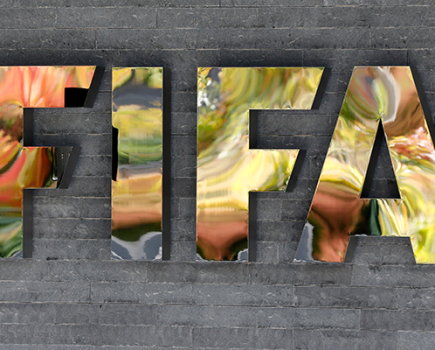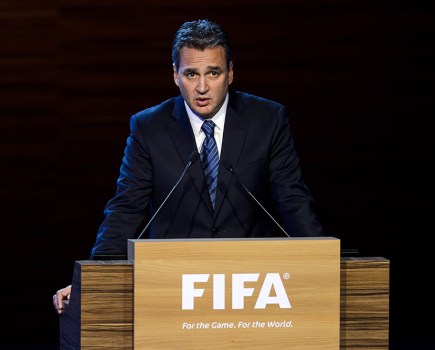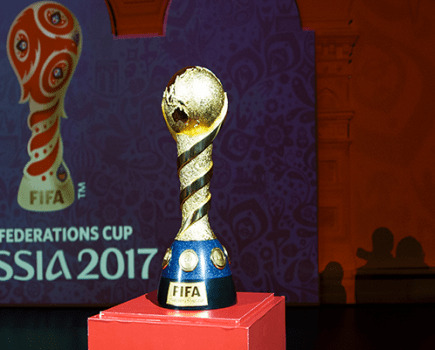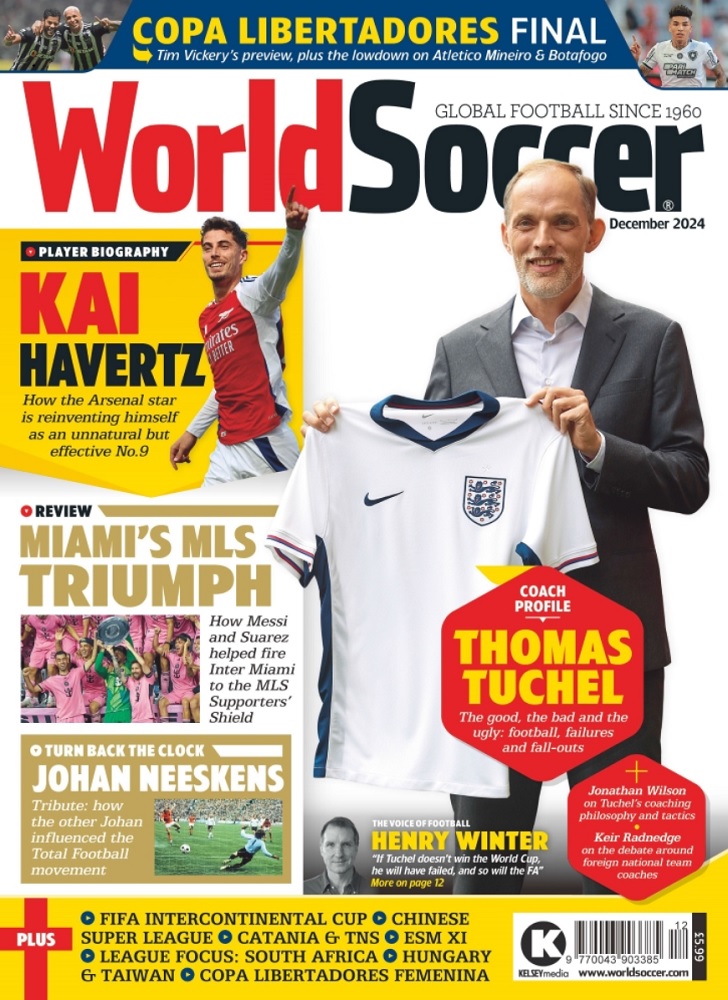 New details have emerged about the controversial ‘doping’ of the West German team who shocked the game by defeating Hungary 3-2 in the 1954 World Cup Final.
New details have emerged about the controversial ‘doping’ of the West German team who shocked the game by defeating Hungary 3-2 in the 1954 World Cup Final.
A claim that the injections given to some of the players were rather more than mere vitamins – as has long been assumed – is contained in a sensational report lifting the lid on the extent to which sports doping was undertaken in Cold War Germany . . . not in the East but in the West.
The 800-page study by the Humboldt University in Berlin was commissioned in 2008 by the German Olympic sports federation (DOSB) and the Federal Institute of Sport Science (BISp); head of the DOSB is Thomas Bach who is favourite to become next president of the International Olympic Committee.
However no-one had expected such shattering revelations about not only the injections given to West Germany’s Wunder von Bern heroes but a systematic, 20-year doping programme across all Olympic sports.
Such a programme was run, according to Doping in Germany from 1950 to today* with the knowledge of not only senior politicians but sports officials and doctors. Their work was funded with taxpayers’ money by the Interior Ministry.
A draft summary of the investigation was completed last year and the final version had been kept under wraps since April this year. Frustration at the ‘freeze’ over concerns of data protection issues and legal action, led to it being leaked last week to the Suddeutsche Zeitung.
Initially the programme sought to disprove performance-enhancing qualities of anabolic steroids, testosterone and oestrogen. When the converse became obvious, such substances were issued to competitors including athletes and rowers.
The extent was not comparable with developments in East Germany – seven of whose track-and-field records stand to this day – but serious and widespread enough.
One witness told researchers of a conversation before the 1972 Munich Olympics when a senior sports ministry official said: “One thing matters above all else: medals.”
As for football, the report alludes to stimulants administered to players in club football in the late 1940s, before West Germany re-entered international competition.
In 1954 West German footballers preparing for the World Cup finals accepted injections of, they were told, vitamin concoctions. Within months of their sensational World Cup victory over runaway favourites Hungary (Das Wunder von Bern), many of the players had been taken seriously ill; jaundice was the common diagnosis.
The players had all been dosed with the same shared needle and syringe.
Only a minority, among them Alfred Pfaff – later captain of Eintracht Frankfurt’s legendary 1960 European Cup finalists – refused the jabs. Winger Richard Herrmann died of cirrhosis aged 39, just eight years later.
These injections, according to the Humboldt report, were not ‘mere’ vitamins but the methamphetamine Pervitin.
This was the so-called ‘Panzer chocolate’ or ‘fighter chocolate’ which was issued to combatants in the Axis and Allied forces during the Second World War. It was still widely available in Germany years later because more than 35m doses had been manufactured in the early 1940s.
Twelve years later three members of the West German team who finished runners-up to England in the 1966 World Cup tested positive for ephedrine. This was apparently passed off as a cold cure in a note to world football federation FIFA.
DOSB chief Bach, a vice-president of the International Olympic Committee as well as a Games gold-winning fencer, reacted to the SDZ revelations from the Humboldt report by calling for its immediate publication.
He said: “We hope to have the final report placed before us as soon as possible and, for the sake of maximum transparency, the final report should also be made available to the public immediately.”
A special hearing of the parliamentary sports committee is expected to be summoned early next month after the summer recess.
* The full title of the report is: Doping in Deutschland von 1950 bis heute aus historisch- soziologischer Sicht im Kontext ethischer Legitimation [Doping in Germany from 1950 to today from a historical and sociological perspective in the context of ethical legitimacy].






